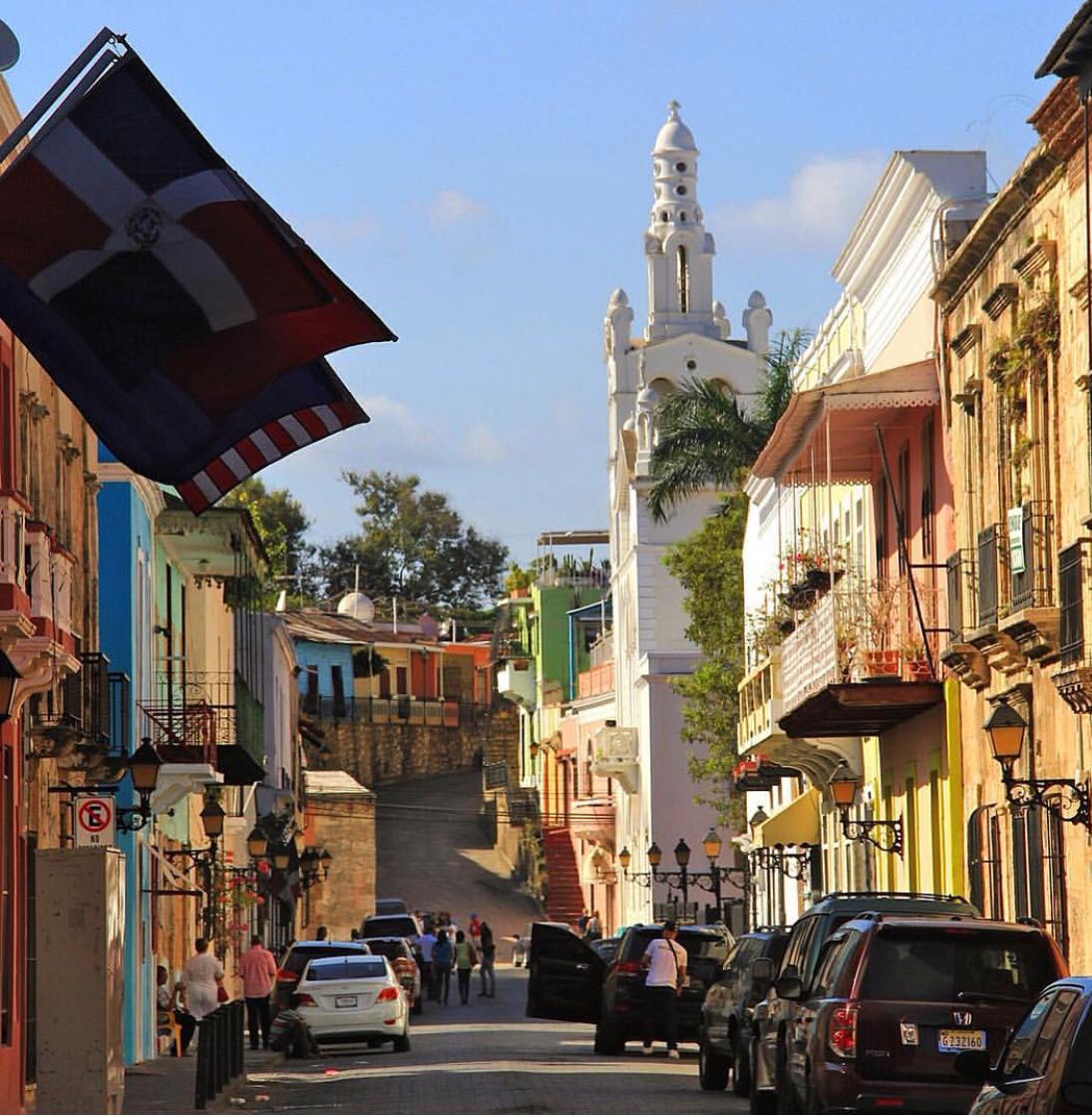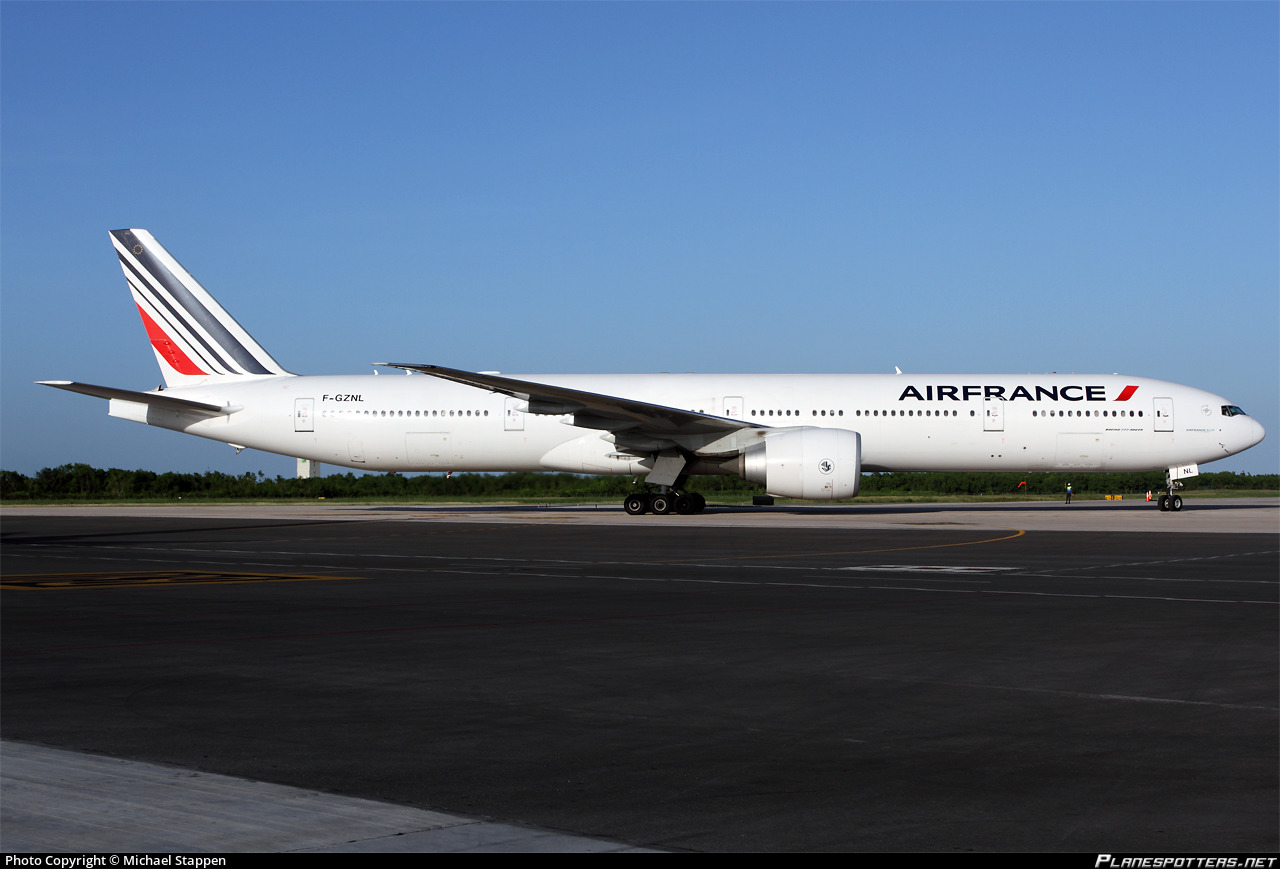
Santo Domingo, or ‘La Capital’ as it’s typically called, is a collage of cultures and neighborhoods. It’s where the sounds of life – domino pieces slapped on tables, backfiring mufflers and horns from chaotic traffic, merengue blasting from corner stores – are most intense. At the heart of the city is the Zona Colonial, where you’ll find one of the oldest churches and the oldest surviving European fortress, among other New World firsts.

Santo Domingo’s Barrio Chino is located north of the Colonial City and it is only one of two Chinatowns in the Caribbean, with the other one to be found in Cuba. Signature Chinese gates mark the start and end of the neighborhood, running principally along Avenida Duarte. Sculptures of key Chinese figures dot the streets, from a monk to life-size lions.

The city’s most authentic Chinese restaurants are found here, as well as multiple Chinese grocery stores, a street vegetable market every Sunday, and other local shops selling clothing to housewares. The neighborhood’s unique Chinese-Caribbean pulse is worth experiencing. The shopkeepers here speak both Chinese and Spanish as they have assimilated into the local culture, yet retaining their roots at the same time.

Amid the cobblestone streets it would be easy to forget Santo Domingo is in the Caribbean. But this is an intensely urban city, home not only to colonial-era architecture, but also to hot clubs, vibrant cultural institutions and elegant restaurants. Santo Domingo somehow manages to embody the contradictions central to the Dominican experience: a living museum, a metropolis crossed with a seaside resort, and a business, political and media center with a laid-back, affable spirit.

In the heart of the Colonial town, horse-drawn carriages still ply the streets. Once the home of Spanish colonialists, who built the walled city as a model for the rest of the Americas, it’s an area brimming with museums, churches, shopping, theater, restaurants, and parks.

One of the most popular museums in the Colonial City, Alcazar de Colon was completed around 1512. This Gothic and Renaissance style palace was the home of Diego Columbus, son of Christopher Columbus, and his wife María de Toledo, niece of King Ferdinand of Spain. It is a museum housing an impressive collection of late medieval and Renaissance art. The house itself is also a work of art, featuring Moorish, Gothic and Renaissance touches. Armed with an audio guide, we we walked through the exhibits in the old colonial house and gained a great insight into the traditional lives of the royal family and glimpsed into their luxurious rooms. Entrance fee is RD$100 which includes an audio guide.

Since it was December, the town was adorned with Christmas decorations. This was the first pink tree that we saw while traveling through Central America and it was sponsored by Coca Cola.

The most important tourist destination of the city is the Zona Colonial or Colonial Zone, on the western bank of the river and facing the Caribbean Sea. Some ships dock at the port and the roads leading into the Zona Colonial are usually crowded as there are only two roads leading into the area, linked by two bridges across the River Ozama.


Over at the Panteon Nacional, the national heroes are buried in this historic building. It is located in the Calle Las Damas, which happens to be the New World’s first (European) street! This building was former an 18th-century Jesuit church and after which became the country’s national mausoleum in 1956. It houses the remains of Dominican heroes. Explore its striking baroque interior, with a ceiling mural depicting the ascension to heaven and the Last Judgment, and an eternal flame burning beneath it. Today, the structure stands as a national symbol of the Dominican Republic and serves as the final resting place of the Republic’s most honored citizens.


Another historic building of Santo Domingo is the Primara Catedral (first cathedral). This is the oldest church of the Americas. The first stone of this cathedral, the oldest standing in the Western hemisphere, was set in 1514 by Diego Columbus, son of the great explorer (the ashes of father and son supposedly once resided in the chapel’s crypt).

Construction, however, didn’t begin until the arrival of the first bishop, Alejandro Geraldini, in 1521. From then until 1540, numerous architects worked on the church and adjoining buildings, which is why the vault is Gothic, the arches Romanesque and the ornamentation baroque. Many tourists visit the Primara Catedral everyday to learn more about its history and also to gawk at its marvelous murals. Entrance to the cathedral is RD$50 for adults and RD$70 including an audio guide.

We enjoyed walking along the streets of the Colonial district to admire the architecture of buildings and to stop by at various local shops for window shopping. Some items that you can consider to buy include coffee or chocolate, as they are grown locally. From exploring cafés, ice cream parlors to the restaurants around the square, or the city’s key museums which are just a couple of blocks away, there is something to keep you occupied in the Zona Colonial.

Since the streets were quite narrow, cars had to park by the edge of the road and some of them even mounted the kerb so that there is enough space for passing cars to drive by.

Another place to check out in Santo Domingo is the Cementario de la Avenida Independencia. There were many famous people buried here, including many of the founders of Santo Domingo. There were also people who died due to the different plagues which spread across the centuries. Some of the former Dominican presidents have also been buried here.

Parque Independencia is the place of the National Monuments which honours the Founding Fathers of the Dominican Republic, making it a historic and important place for the Dominican People. It is located at the end of the pedestrianised street and it marks the declaration of independence of the Republic on 27 Feb 1844.

Inside the walled and guarded landmark is the Altar de la Patria or a white-marble mausoleum housing the remains of the Founding Fathers of the Dominican Republic: Juan Pablo Duarte, Matías Ramón Mella, and Francisco del Rosario Sánchez. People can pay your respects at the foot of the life-sized statutes, then stroll the park’s vast grounds, which often serve as an open art gallery with frequent displays both inside and around its walls, where a national guard always stands.

I like the vibes of the city, with lots of art and sculptures. There is even a handmade Christmas tree made from recycled materials.

Despite the disorderliness of the city and the terrible traffic jams, I still enjoyed strolling around Santo Domingo, especially the Colonial Zone which was declared a UNESCO World Heritage Site. During the day, the streets are bustling with activity and filled with tour groups, but at night, only certain streets have some activities with bars and restaurants. As a precaution, do not walk alone on the street of the Colonial Zone at night as there could be pickpockets and vice characters lurking around. If you have one day for Santo Domingo, you can easily spend the whole day wandering around the streets of this area. Lastly, I recommend buying chocolates from Kah Kow experience because they produce high-quality chocolates. It also serves as a good souvenir for friends and family back home.

